Looking for a few simple ways to attract more butterflies to your flower beds, garden and landscape?
For all of those who appreciate the wonders of nature, you know just how exciting it is to watch butterflies flutter effortlessly around your flowers. But these delightful creatures add so much more than just beauty to your garden – they also play an essential role in the important process of pollination.
Bees of course are well known to pollinate all types of flowers, fruits and other plants. But when it comes to vegetable gardens, butterflies are the bigger help. In fact, they prefer vegetable plants far more than bees and can play a huge role in helping you produce more food bearing crops from your space.
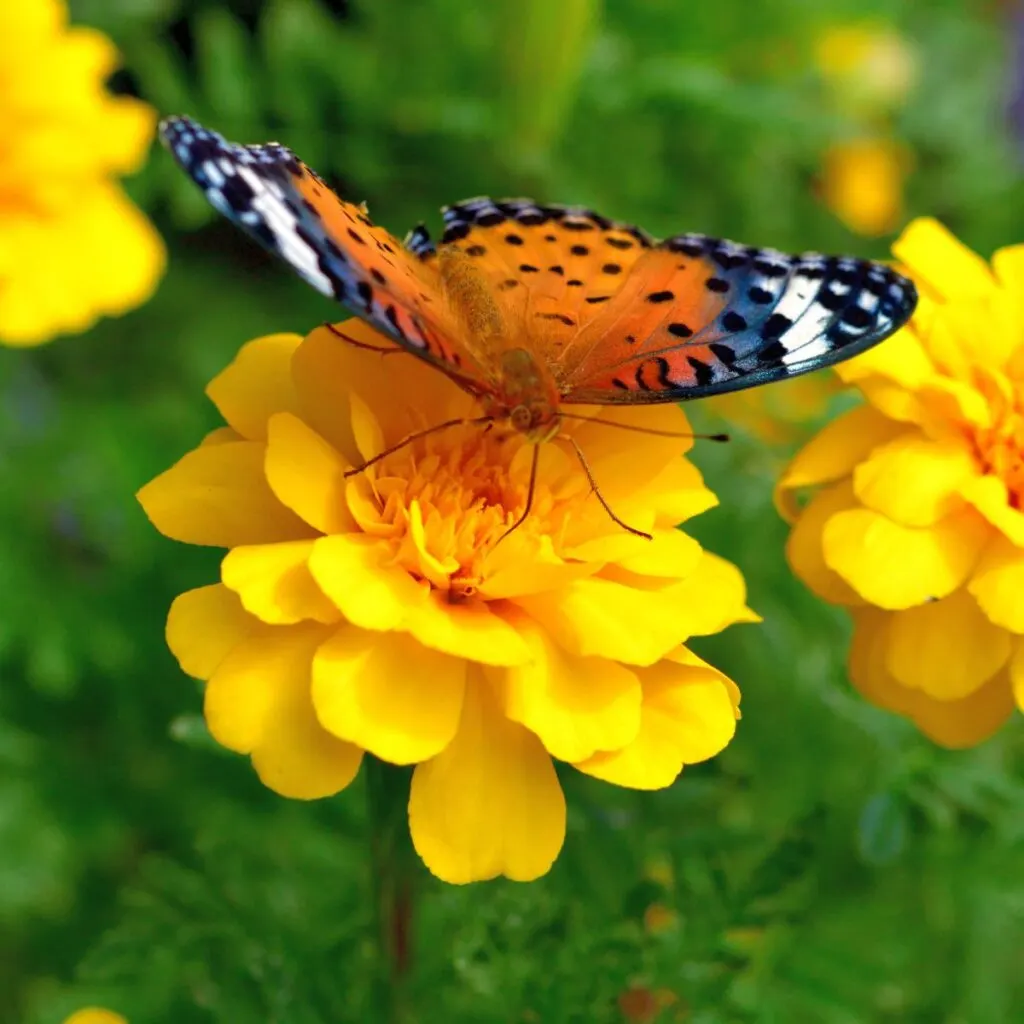
Butterflies, just like bees, also enjoy a wide range of annual and perennial flowers too. They also are extremely content to visit and stick around locations that can provide them with water and additional food and nectar sources as well.
Plants, Water & Feeders – How To Attract Butterflies In Droves!
With that in mind, today’s article includes a wide range of gorgeous flowers that butterflies love, along with a few key tips and tricks like adding a butterfly feeder that can help to feed and attract them even more.
All of the plants featured today are able to tolerate a diverse landscape, making them suitable for different zones. As an added bonus, most require little maintenance one planted. And of course, a feeder can be installed in any area to help as well to fill in the gaps.
By simply planting and creating a favorable habitat you can all but ensure to bring butterflies into your landscape to work their magic. All the while, enjoying their beauty each and every day!
How To Attract Butterflies To Your Flowerbeds, Garden & Landscape
5 Flowers Butterflies Love
Marigolds
Marigolds are low-maintenance flowers that come in a wide range of yellows, reds and oranges. As it happens – those just happen to be colors butterflies love! Marigolds thrive in full sunlight and are able to handle a wide range of soil conditions.
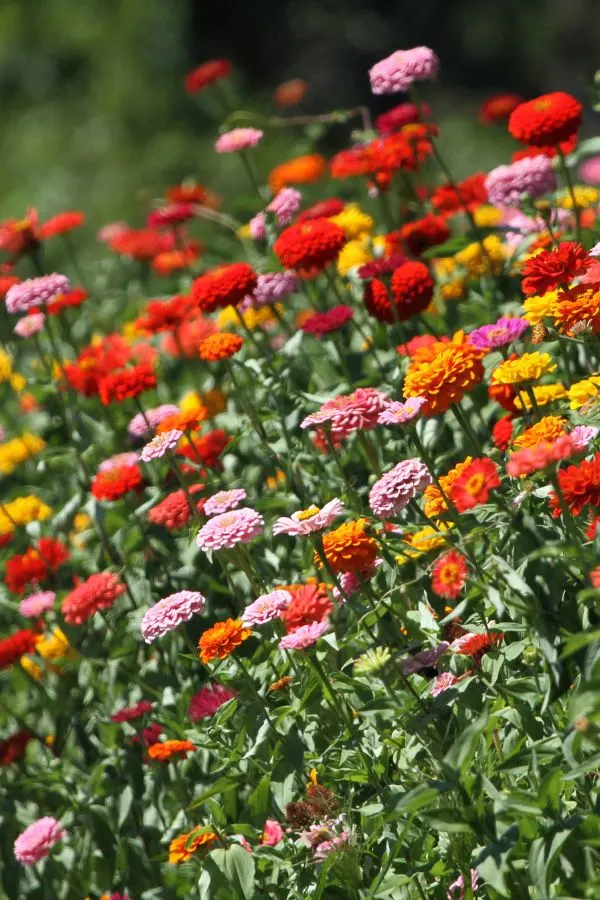
Although they can be planted from transplants, marigolds seed easily, making them extremely economical to sow and grow in flowerbeds and vegetable gardens – and it is in vegetable gardens where butterflies can really help!
In a vegetable garden setting, marigolds do far more than just attract pollinating butterflies – they also help deter a long list of garden pests from damaging your crops! See: How To Repel Pests With Marigolds
Zinnias – How To Attract Butterflies With Ease
Zinnias, like marigolds, are annual flowers that have a beautiful variety of vivid colors. Also available in many sizes and shapes, these plants love to bask in the sun and are easy to grow from seed, making them a favorite for gardeners of all levels.
With minimal care requirements, zinnias can bloom all summer long, attracting butterflies right along with them.
Joe Pye Weed – How To Attract Butterflies With Ease
Looking for a perennial that can bring butterflies calling each and every year? Joe Pye Weed is a perennial native to North America and is a rock star when it comes to attracting pollinators. The gorgeous plant has soft, dainty flower clusters which attract both butterflies and bees in droves.
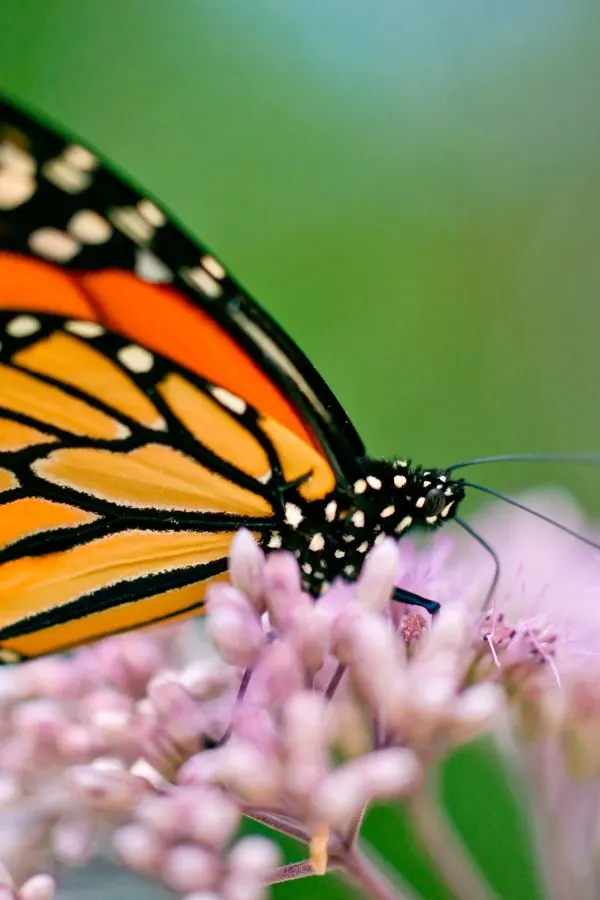
This pollinator-friendly plant makes for a great focal point in gardens and flower beds with its soft hues of pink and purple. Note that while this plant typically thrives in more moist soils, it is still able to thrive in most plant zones.
Liatris – How To Attract Butterflies With Ease
Also known as Blazing Star, the unique flower heads of Liatris come in stunning shades of purple, pink, or white. These not only add elegance to wherever they grow, they are also a huge pollinator plant.
Loved by the butterflies and bees, Liatris serves as an essential source of nectar. The important food source contributes greatly to the health of pollinators. Better yet, the plant is tolerant to drought and is able to thrive in full sunlight – making it easy to maintain and enjoy with little work.
Yarrow
Available in a wide array of white, yellow, pink and red bloom colors, yarrow gives a simple and gentle elegance to flower beds and gardens. This fragrant and drought-tolerant plant attracts a range of beneficial insects, making it an excellent companion for vegetable gardens and flower beds.
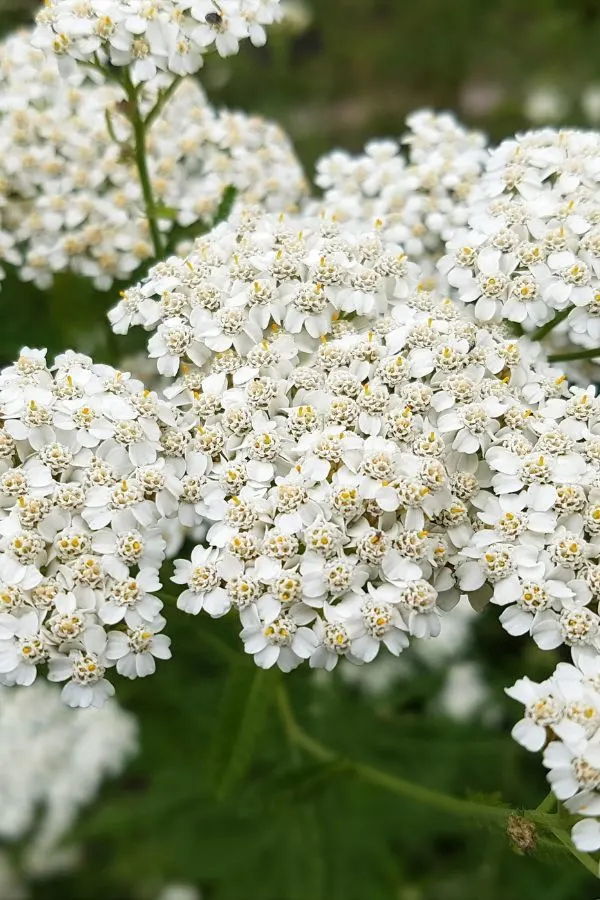
With its low maintenance needs, Yarrow is a favorite perennial choice to add lasting flower power to the landscape. Affiliate Plant Link: Achillea ‘Moonshine’ Yarrow Plants
Using A Butterfly Feeder – How to Attract Butterflies With Ease
In addition to planting colorful flowers, it’s quite easy to install a butterfly feeder in your yard. Butterfly feeders serve as an alternative food source and attract butterflies into your outdoor area to then visit other plants.
While you can find a wide selecting of gorgeous butterfly feeders online, you can also easily and efficiently make a simple DIY butterfly feeder at home. This can be made by filling a shallow dish with a solution of sugar water (four parts water to one part sugar).
You can also place a few small, ripe pieces of fruit in the solution to provide a perfect perching spot for butterflies. Typically, slightly over ripened fruits that are a bit sweeter can be a favorite for butterflies. Strawberries, oranges, watermelon and bananas will do the trick.
Again, be sure the pieces of fruits are cut into small pieces and use them sparingly. No need to over serve these delicate insects at the risk of attracting any uninvited guests such as flies or ants!
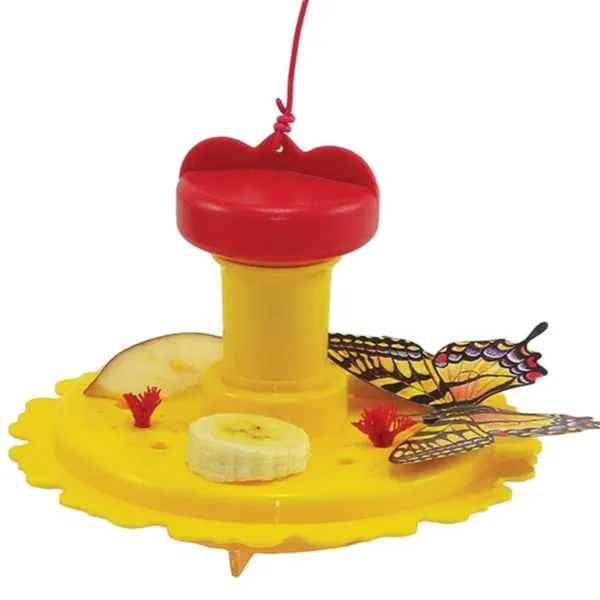
As for commercial feeders, the Songbird Essentials SE78215 Butterfly Feeder/Nectar Combo is a great choice. It makes it easy for butterflies to find and feed. No matter which choice you use, always hang at a reasonable distance from your home to enjoy these stunning pollinators.
Leaving it near an open space makes for a more inviting area for butterflies to visit. Keeping it at a distance also keeps any unwanted visitors at a distance too!
Other Helpful Tips – How To Attract Butterflies With Ease
Butterflies absolutely love sunlight. With that in mind, they are more likely to visit gardens that receive ample sunlight. Ensure that your flower bed and garden have enough open spaces where butterflies can enjoy the warmth.
Like all living things, butterflies need to have water in order to survive. Create a butterfly-friendly oasis by incorporating shallow dishes or saucers filled with water in your garden.
It’s also important to embrace organic gardening practices by using natural alternatives to control pests in your garden. Avoid using pesticides and chemicals which can kill butterflies, bees and other beneficial insects.

In order to keep these special visitors coming by your garden consistently, be sure to maintain your garden well. Providing a reliable food source with flower beds and feeders is the best practice of all. Consistent sources of food is what will keep butterflies returning again and again.
With a nice sunny spot and some water and inviting flowers, you’ve got the ultimate hot spot for butterflies to enjoy!
Follow Our Facebook Page For Great Gardening Tips And Advice! This Is My Garden Facebook Page
This Is My Garden is a garden website created by gardeners, for gardeners. Jim and Mary Competti have been writing gardening, DIY and recipe articles and books and speaking for over 15 years from their 46 acre Ohio farm. They publish three articles every week, 52 weeks a year. Sign up today to follow via email, or follow along!
